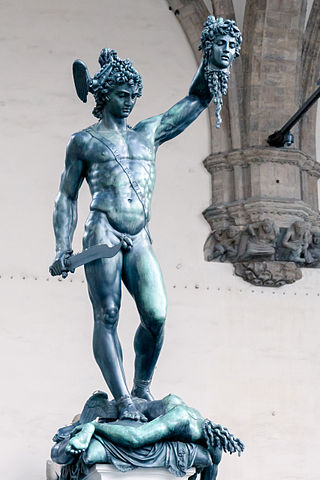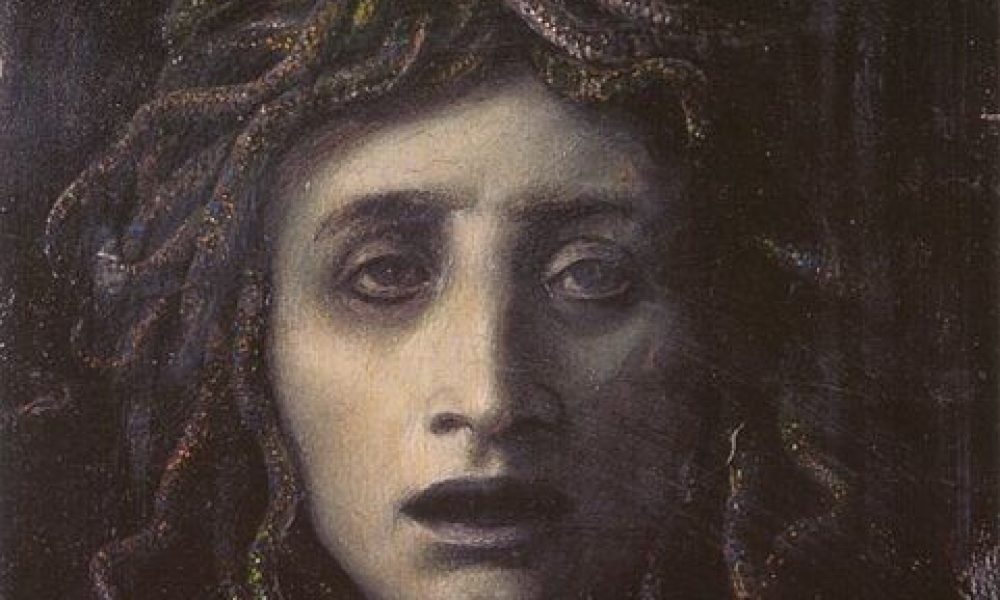Key points of the myth of Medusa
- Medusa was once a beautiful maiden with long, lustrous hair. The sea god Poseidon, who desired her, raped her in the temple of Athena.
- The enraged Athena punished Medusa by transforming her hair into venomous snakes and cursed her so that anyone who looked directly at her would turn to stone.
- Medusa became one of the 3 gorgon sisters. Gorgons are creatures known to turn people to stone with their gaze.
- The hero Perseus, son of Zeus and princess Danae (a mortal), was tasked to kill Medusa and bring back her head.
- Perseus was assisted by the gods with magical items including a mirrored shield, winged sandals and a sword.
- Perseus succeeded in killing Medusa; rather than looking directly, he looked at her reflection on the mirrored shield. This way, he didn’t turn into stone.
- From Medusa’s severed neck, two of her children by Poseidon were born: the winged horse Pegasus and the giant Chrysaor.
- Medusa’s severed head still possessed power. Perseus would use it as a weapon, turning his enemies to stone.
- Perseus eventually gave Medusa’s head to the goddess Athena, who incorporated it into her aegis, a shield or breastplate.
Keep in mind that there are multiple versions of a single myth. Just like with movies, preludes or extended scenes are added over time. Treat this like a cheat sheet that provides you with the most popular and easily digestible version.



Sources
Although the myth was mentioned in many more, here are the 3 main myth sources:
- Hesiod – Theogony
- Apollodorus – The Library of Greek Mythology
- Ovid – Metamorphoses
Possible themes, lessons or symbolic meanings of the story of Medusa
- Cycles of pain: The victim can become the abuser. Victims may internalize their pain and respond by inflicting harm on others.
- Rape culture: Unfairly blaming women for the consequences of male lust.
- Archetypal femme fatale: Medusa symbolizes erotic desire, violence, and death. Captivating beauty can be equally enchanting and dangerous, and in some cases, fatal.
- Divine intervention: The magical items provided to Perseus by the gods symbolize the importance of divine assistance, wisdom or strategic thinking, and the use of resources to navigate difficult situations.
- Beauty and vanity: Medusa’s transformation into a monster highlights the potential dangers of beauty and the obsession with physical appearance.












